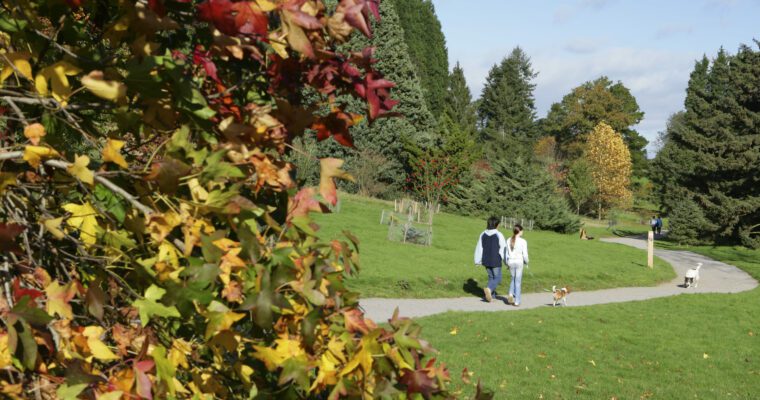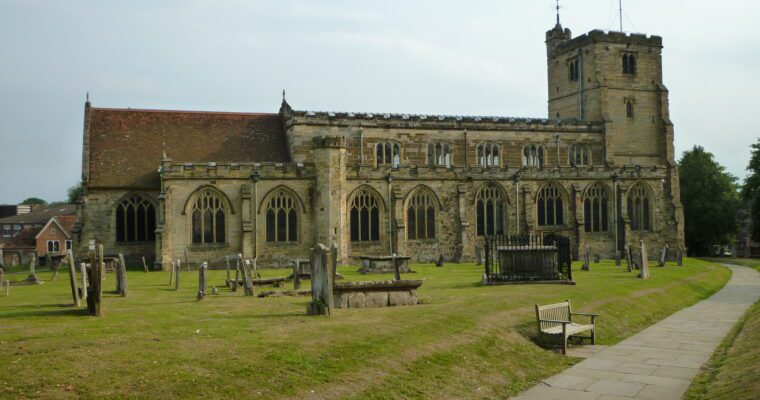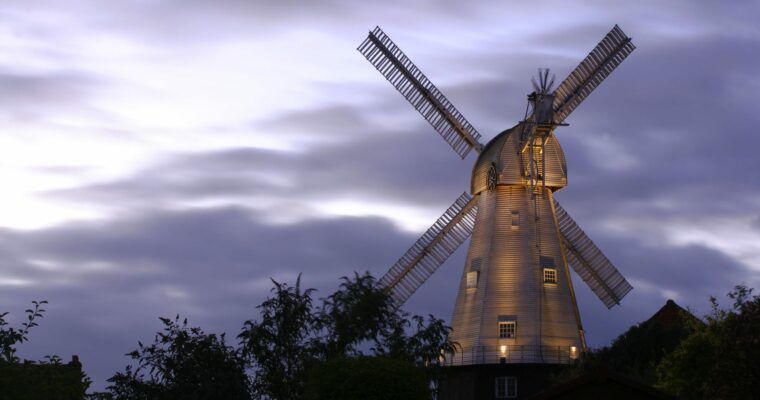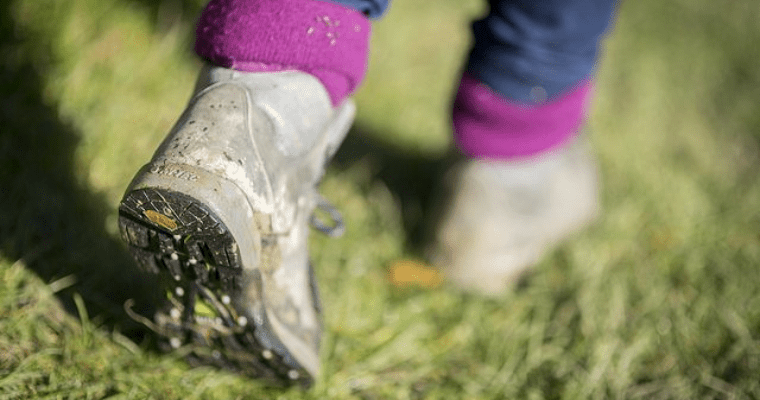Sissinghurst – A walk through time
Sissinghurst village was established from the wealth of the Wealden iron and cloth industries and was formerly known as Mylkehouse Street, or Mylkhouse. The village changed its name in the 1850s, possibly to disassociate itself from previous smuggling activity in the area.
Nearby is Sissinghurst Castle, now owned by the National Trust, famous for its remarkable gardens. The first house was built on this site in the 12th century, its name derived from the Anglo-Saxon word hurst, meaning a clearing in the woods. A moated stone manor house was built in the early middle ages.
The property was bought in 1480 by the Baker family, who restyled it, creating one of the largest houses in Kent to be built entirely of brick and only the front section of that house remains today.
In the 1930s writer Vita Sackville-West and her husband Harold Nicolson, created the world famous gardens of Sissinghurst. It is best known for its intimate garden “rooms”, each with a different character, colour or theme, and the rose garden filled with old rose varieties. Old-fashioned climbers and shrub roses were among owner Vita Sackville West’s favourite flowers. The gardens reflect Vita’s approach as an “artist gardener”, exemplifying the great garden designer Gertrude Jekyll’s ideas of using colour themes in planting design. The famous white garden, which peaks in late June, when the gardens are at their busiest, is home to ‘rosa mulliganii’ cascading over the central arbour and covering it with thousands of single, white, scented blooms.
In addition to walking, Sissinghurst has a wonderful cycling trail on offer which takes just 45 minutes to cycle from Staplehurst Station to Sissinghurst Castle and back again. This makes for a perfect day out where you can leave the car at home and enjoy the best of the great outdoors.
Step by step guide
1. From the Weald Information Centre, go through St Dunstan's churchyard, and up past the former Victorian Church of England Primary School, now a doctors' surgery, on your left.
2. Pass through a kissing gate and turn right onto an enclosed path, and you will eventually reach a field where you bear left through a gate, then walk up to the main road (A229).
3. Cross the road with care. When you reach the drive opposite, go through the gate, bearing left along a footpath, before you reach Fir House. The path leads past paddocks and a pond on the left, and a fence on the right. Take the right-hand fork where the footpath divides. Continue walking with the woodland on your left, then enter the wood. Note the evidence of old quarries in the wood (hence the name Gravel Pit Wood), and follow the path over a bridge and up a drive to the main road (A262).
4. The stream under the bridge leads to a pond, formed by damming, at Spratsbourne Farm. This pond provided water to power the Spratsbourne corn mill until the 20th century.
5. Cross the road to an enclosed path. Go along it and you will emerge on the driveway of a modern house standing on the left. Turn right down the driveway, towards the road. Cross the road with care, and walk up the driveway towards Hazleden Farm.
6. Follow the path between the cottages and the pond on the right, bear right after the last bungalow on the right, where it leads out to open fields. Continue down hill, with the hedge on your left. Go through the gate at the bottom, opposite Friezley House .
7. After you come through the gate, turn left down Friezley Lane towards Hocker Edge.
8. Follow the track through the woodland and turn right through a gate, just past a cottage, as the track opens out. Bear slightly left across the field, then follow the hedge line on your right until you reach a path. Turn left and keep on the track until a waymarker directs you through the wood. Follow the path through the wood, and you will come out at the top where a gate has been built into fencing to secure free-range chickens. Go through the gate and walk straight across the field to another gate on the far side. Follow the edge of the wood and go through the gap in front of you. Follow the markers through the wood until you reach a track which leads up to the main road (A229).
9. Turn left and cross the road with care, walking on the verge a short distance until you reach a driveway on the right, with a gate across. Walk up the driveway and turn right to follow a path through woodland, with a field boundary on the right. Bear right, and you will arrive at a stile and path between wire fencing, before meeting another stile.
10. Bear left at the waymarker across the field, emerging at the lane with a house on your right. Turn left up the lane, then find the footpath on the right, and go over a stile. Follow the path as it travels past gardens and into trees, past a pond. Go over the next stile that leads into two fields, carry on until you reach Dig Dog Lane, where you bear right.
11. Continue straight along the lane until you reach the wide path on the right that leads to Sissinghurst Castle. Follow the track past the shop and restaurant, and head for the car park. Walk around the top edge of an orchard, go over a stile and along a bridleway until you reach the road. Turn left over a stile, and walk down through another orchard, bearing right at the bottom, where you reach a bridge over a stream. Pass the sewage works on your left and turn onto the track leading up to the main road (A 262). Turn right towards the village, passing the 19th century Trinity Church on your right
12. Cross over the road and walk down Chapel Lane for a few metres before turning right onto a footpath that leads between houses. Follow the path, which offers wonderful views over the fields on the left. Make your way down several steps, over the lane, up the other side and across a field to the woodland ahead. Go through the gate on the other side of the wood, and head back towards Cranbrook, with the Great Swifts estate on your right.
13. Continue straight on, cross the road into Cranbrook and walk below the open green space towards the churchyard to end your walk where you began.




